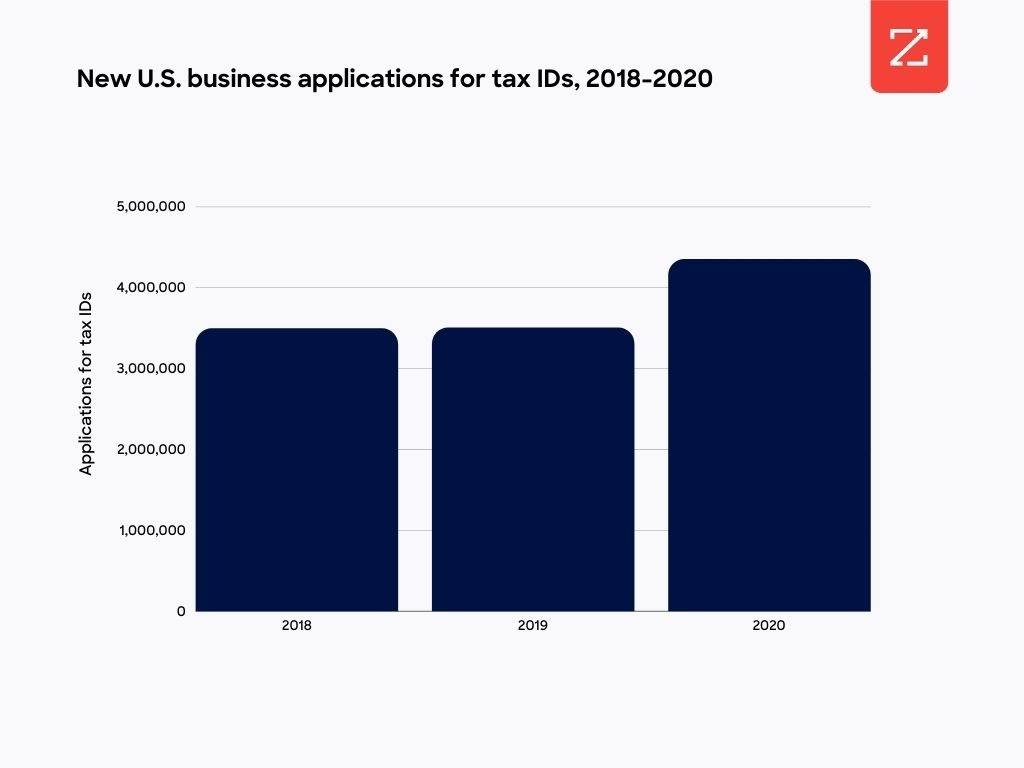If your sales team hasn’t dealt with enough upheaval, get ready for even more adjustments in the upcoming post-pandemic world.
Exploring post-COVID-19 sales strategies will be necessary as we bounce back from economic hardships. Sales leaders who are thinking ahead will focus their reps on the advantages of technology and how hybrid work schedules will influence prospecting.
Above all, sales reps should master how to convey the value of their product and expected outcomes instead of waiting for a return to business travel and fancy dinners, said Will Frattini, director of new business sales at ZoomInfo.
“I think COVID has humanized people. I’ve had my kids on my lap closing deals,” Frattini added. “At some point, people are less focused on pomp and circumstance, and they’re a lot more focused on substance and output.”
Evaluate These Changes to the Sales Process
Here are five changes to consider as vaccinations increase, offices reopen, and companies seek new business:
1. Use buying signals to get in front of newly established businesses.
What you knew about your market probably changed during the pandemic.
For example, in the U.S. alone, there were 24% more new business applications for tax IDs filed in 2020 than in 2019, according to the U.S. Census Bureau. By comparison, from 2018 to 2019, there was a 0.3% increase in these applications.
In other words, more than 840,000 new American companies grew out of the pandemic — establishments that present opportunities for sales teams. (These statistics should not discount the lost businesses during COVID.)

Intent data and buying signals will not only keep you ahead of competitors in a pressure-filled race, but will also unearth new prospects that didn’t exist a year ago.
“Leaning into technology, leaning into insights and intelligence, it’s table stakes,” Frattini said. Many, if not most, of the new companies created last year don’t know about your products, so intent signals can be a powerful tool to detect when they have interest.
2. Call mobile numbers as prospects enter hybrid work schedules.
A year ago, many people thought work-from-home arrangements were a temporary alteration because of COVID-19. However, now it’s clear that employees want permanent flexibility, leading many companies to set hybrid schedules for workers.
That change presents new twists for prospecting. Will leads be sitting at their desks in an office? Or can they take calls earlier during non-commuting mornings? On which days do they walk their dogs at lunchtime?
Calling mobile numbers more frequently is a tactic that will stick rather than trying a business line or sending an email to a corporate address, said Zach Stoia, an account executive at ZoomInfo. “People’s emails get blown up all day,” Stoia said.“ Cold calling has become even more effective because … cell phones are right there next to [prospects]. People are not checking their emails.”
“Cold calling has become even more effective.”
— Zach Stoia, account executive, ZoomInfo
Reps need to pinpoint the right time to contact a prospect and perhaps even track specific days and times when someone is home versus in an office.
And when it comes to mobile numbers, folks on social media have been debating cold calling versus cold texting. Check out this cold-calling poll on ZoomInfo’s Twitter page.
3. Prospect with video.
Whether it’s using Instagram, TikTok, or other mediums, the pandemic has inspired more sales reps to try videos, whether they are customized clips to entice a target account or more general, consultative takes.
Research analyst firm Forrester pegged increased use of videos by sales teams as a trend for 2021. “Sellers will look for more dynamic ways to earn buyers’ attention,” the Forrester team wrote.
Kyle Willis, an account manager at ZoomInfo, offers a good example of a path to take that combines sales advice and video on his LinkedIn account.
4. Rely more on automation.
It might be easy to think of automation as a robotic arm drilling a piece of a new car into place in a factory. In reality, automation technology replaces any manual and repetitive process done by a human with a consistent, software-assisted action.
For sellers, automation can take over for common, time-consuming areas, such as manually sending an email sequence or adding a lead to a customer relationship management record.
More sophisticated business systems combine intent signals with automation by using triggers that prompt certain workflow actions.
For example, a tool like Salesloft helps reps automate their sales calls and email sequences and analyzes how well those interactions performed. Sales teams save time through this automation and improve efficiencies via the analytics.
Automation’s advantages are vast. In a survey conducted by Audience Audit for ZoomInfo, 49% of respondents in sales roles said their company needed help to identify qualified prospects. Automation can notify reps immediately of buying signals from prospective customers.

5. Review your product’s standing in the post-COVID economy.
As the pandemic winds down, there’s a good opportunity to reassess the value that a product brings to the awakening economy.
Think critically about whether there are new ways to present what your company offers. Does your product bring a different benefit now than it did before the pandemic?
“Let’s say you sell telehealth,” Frattini said. “Think of how hard it had been to sell that to companies and practices. Now, it’s a land grab [because of COVID].”
Companies in similar positions with their services should make changes to their sales process accordingly. “Are you constantly improving, tweaking, and tuning the way that you can help people buy your products and services so that somebody doesn’t grab it out from under you?” Frattini added.
Are you constantly improving, tweaking, and tuning the way that you can help people buy your products and services?”
— Will Frattini, director of new business sales, ZoomInfo
Post-COVID-19 Sales Strategies can Improve Efficiencies
We’re entering a new, welcome phase for B2B sales.
Optimism abounds as vaccinations increase and sales teams realize new business opportunities await them.
As you plot your team’s next moves, enact changes to the sales process that will benefit your reps and increase revenue for your company in this new work environment.

